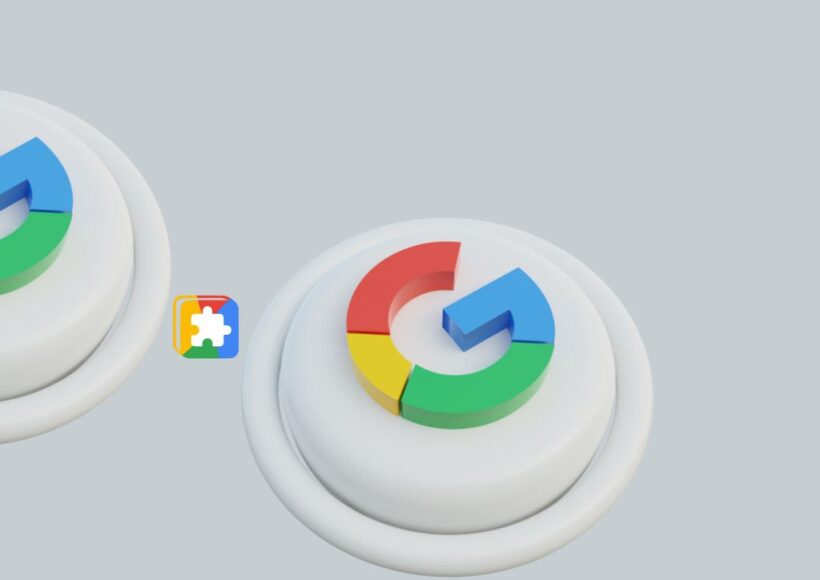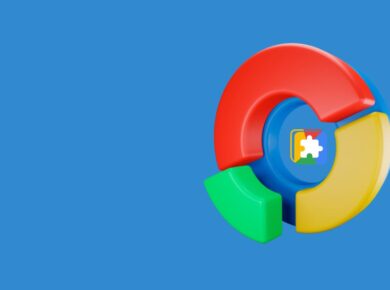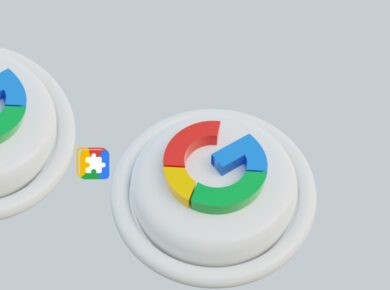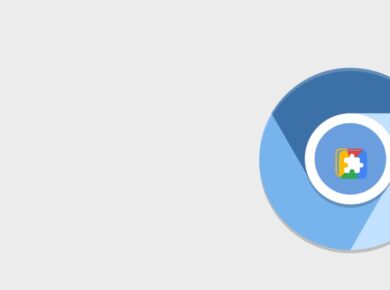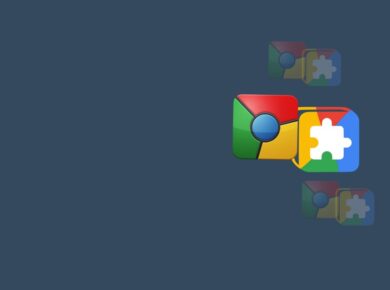Hello World is a phrase that holds significant importance in the realm of computer programming and technology. It serves as a fundamental entry point for many aspiring developers and serves various purposes across multiple programming languages. This article delves into the meaning, context, historical significance, and modern applications of the term “Hello World,” exploring its relevance in today’s technology landscape.
Defining Hello World
At its core, “Hello World” is a simple computer program that outputs or displays the phrase “Hello, World!” on the screen. This phrase is typically the first program written by individuals learning a new programming language. The simplicity of the task allows beginners to focus on understanding the syntax and structure of the language without being overwhelmed by complex coding concepts.
The phrase has transcended its basic functionality; it symbolizes the initiation of a programmer’s journey into the world of coding. By successfully executing a “Hello World” program, novices experience a sense of achievement and confidence, fostering a deeper interest in software development.
The Historical Context of Hello World
The origins of “Hello World” can be traced back to the 1970s. The phrase gained prominence through Brian Kernighan’s 1972 programming tutorial in the “B” programming language, which was a precursor to the C programming language. In his tutorial, Kernighan used the phrase to illustrate the syntax of the language and demonstrate how to write simple programs.
As C evolved and became one of the most widely used programming languages, “Hello World” became a standard reference point for learning other languages as well. This trend continued into the following decades, with the phrase appearing in programming documentation, textbooks, and educational resources across various platforms.
The Evolution of Hello World in Programming Languages
Over the years, the “Hello World” program has been adapted to fit countless programming languages, each showcasing different syntax and capabilities. For instance, in Python, a language renowned for its simplicity and readability, the “Hello World” program can be written in just one line:
“`python
print(“Hello, World!”)
“`
In contrast, a “Hello World” program in Java requires more lines of code due to its structure, as shown below:
“`java
public class HelloWorld {
public static void main(String[] args) {
System.out.println(“Hello, World!”);
}
}
“`
This evolution highlights the advancements in programming language design and how they cater to different user experiences. As new languages emerge—such as Ruby, Swift, and Go—the “Hello World” program continues to serve as a benchmark for understanding the unique syntax and features of each language.
The Significance of Hello World in Modern Technology
In today’s technology-focused environment, the importance of “Hello World” extends beyond mere educational exercises. It serves as a cultural touchstone within the programming community, symbolizing the start of a developer’s journey. This phrase has become a part of coding culture, often referenced in forums, tutorials, and software development discussions.
Moreover, the concept of “Hello World” has found its way into various facets of technology, including web development, mobile app development, and even artificial intelligence. For instance, many online coding platforms offer interactive tutorials where users can write their own “Hello World” programs as a first step toward mastering more complex programming concepts.
Current Trends and Innovations Related to Hello World
As technology evolves, so too does the way “Hello World” is implemented and perceived. The rise of integrated development environments (IDEs) and online coding platforms has transformed how new programmers learn and practice coding. Platforms like Codecademy, freeCodeCamp, and GitHub have made it easier than ever for individuals to write their first “Hello World” program, often accompanied by interactive lessons that provide instant feedback.
Furthermore, the advent of low-code and no-code platforms has introduced a new demographic of users to programming concepts. These platforms empower individuals with limited technical skills to create applications through visual interfaces. In these environments, “Hello World” may manifest as the first application or project a user creates, representing a significant milestone in their development journey.
The rise of artificial intelligence and machine learning has also influenced how “Hello World” is perceived. In these fields, the phrase might be interpreted through the lens of creating simple AI models that output basic responses, akin to a virtual “Hello, World!” This shift emphasizes the growing intersection of traditional programming and emerging technologies.
Actionable Insights and Real-World Applications
For those interested in technology and programming, writing a “Hello World” program is not just an academic exercise; it is a stepping stone toward building a robust skill set. Here are some actionable insights for aspiring developers:
1. **Choose Your Language**: Depending on your interests—web development, mobile apps, data science, or game development—select a programming language that aligns with your goals. Languages like JavaScript, Python, or Java are excellent starting points.
2. **Utilize Online Resources**: Leverage online platforms and resources that provide guided tutorials for writing your first “Hello World” program. Websites like Codecademy and W3Schools offer interactive coding environments that facilitate hands-on learning.
3. **Join Coding Communities**: Engage with online coding communities such as Stack Overflow, GitHub, or Reddit’s r/learnprogramming. These platforms provide a wealth of knowledge and support from experienced developers, helping you navigate challenges as you learn.
4. **Build on Your Foundation**: After successfully writing and executing a “Hello World” program, challenge yourself by expanding it into a more complex application. This could involve adding user input, integrating libraries, or even creating a web page that displays the output.
5. **Stay Updated on Trends**: The technology landscape is constantly changing. Keep abreast of emerging trends and languages that may shape the future of programming, such as quantum computing or blockchain technology, to ensure your skills remain relevant.
Conclusion
The phrase “Hello World” may appear simplistic on the surface, but its implications are profound in the field of technology. It serves as a gateway for new programmers, a cultural emblem within the coding community, and a reflection of the evolving landscape of programming languages and technologies. As the tech industry continues to innovate, the significance of “Hello World” remains steadfast—a reminder of the excitement and potential that comes with embarking on a journey into the world of programming. Embracing this foundational concept not only empowers individuals to learn and grow but also fosters a global community of creators and innovators eager to shape the future of technology.
